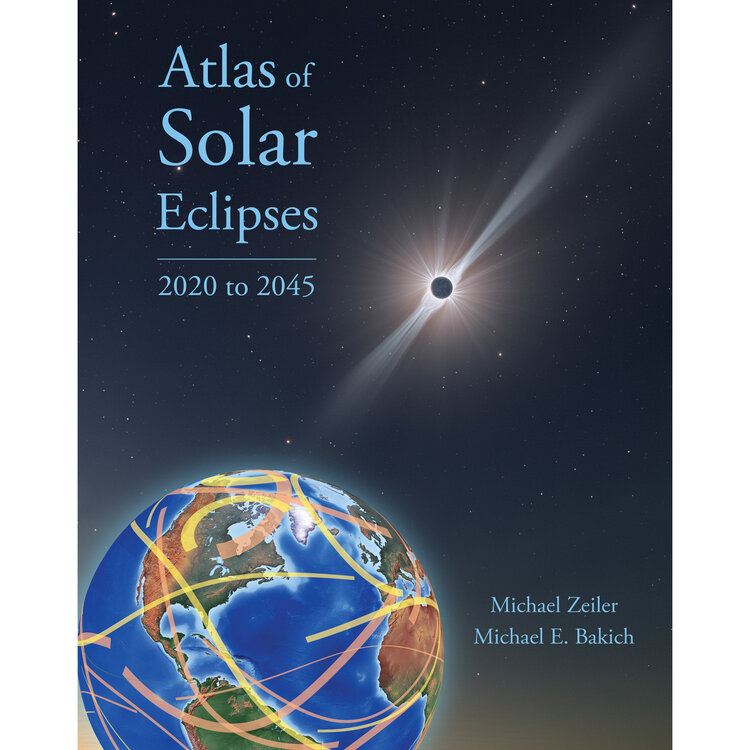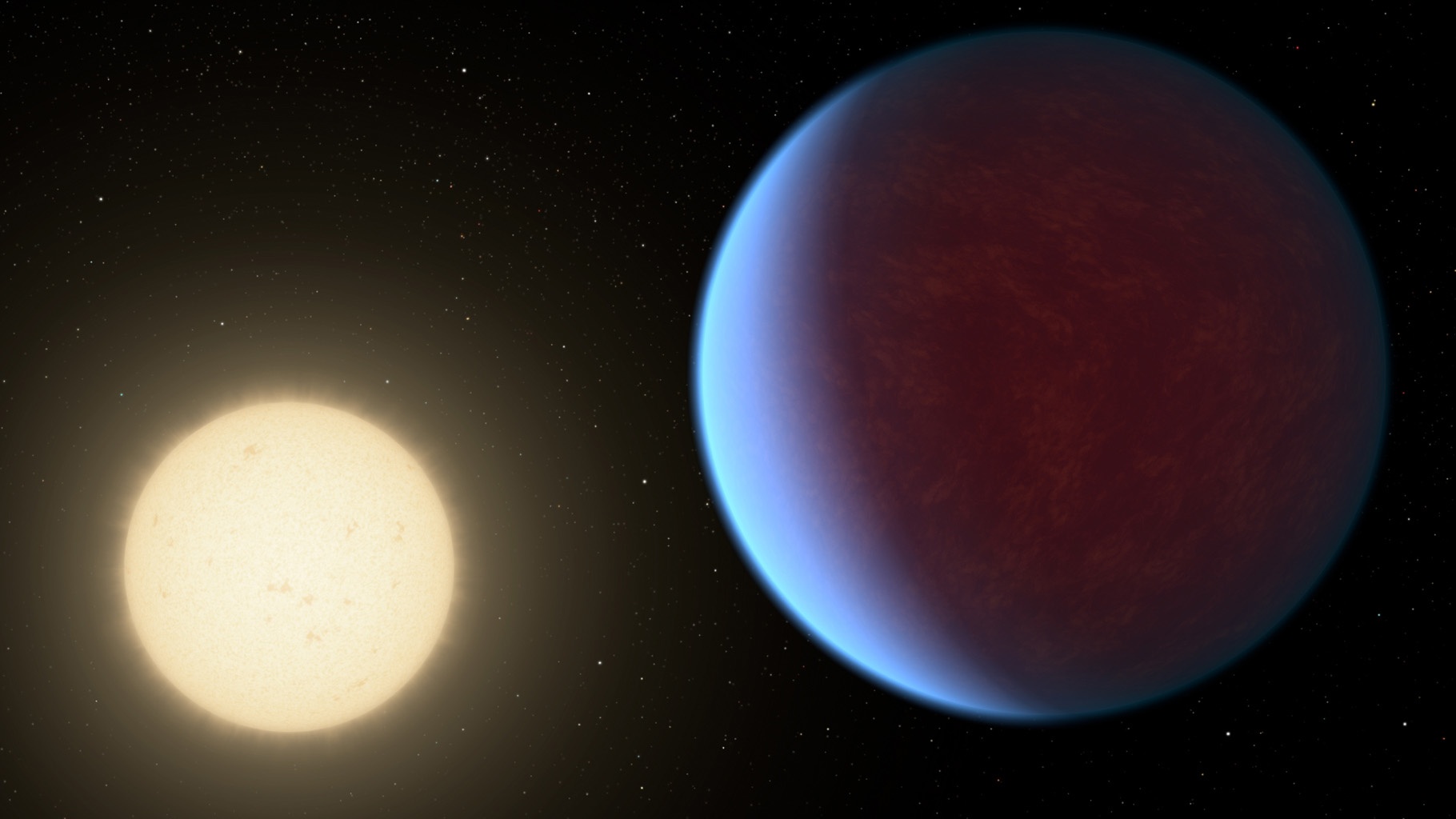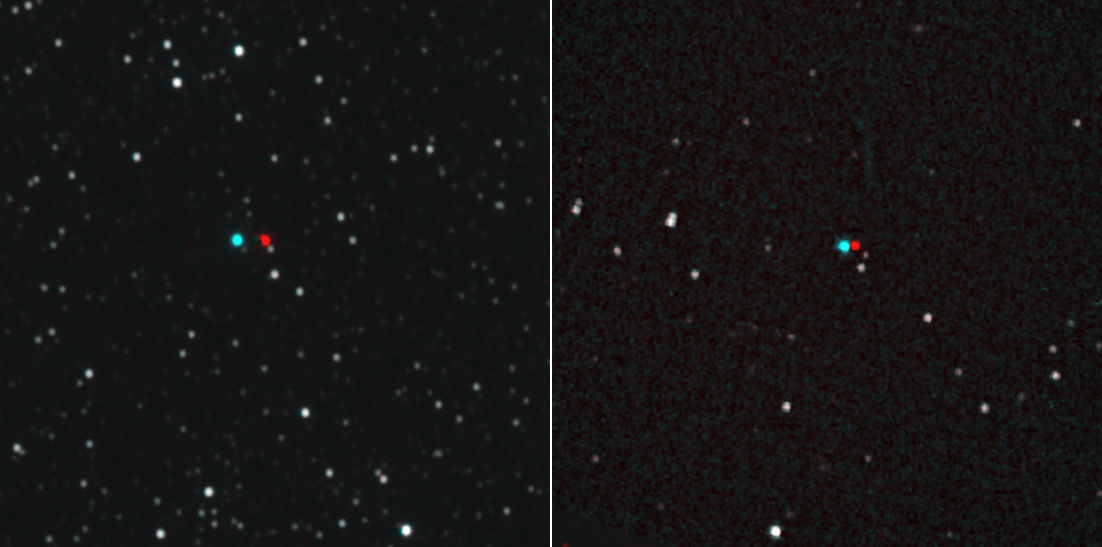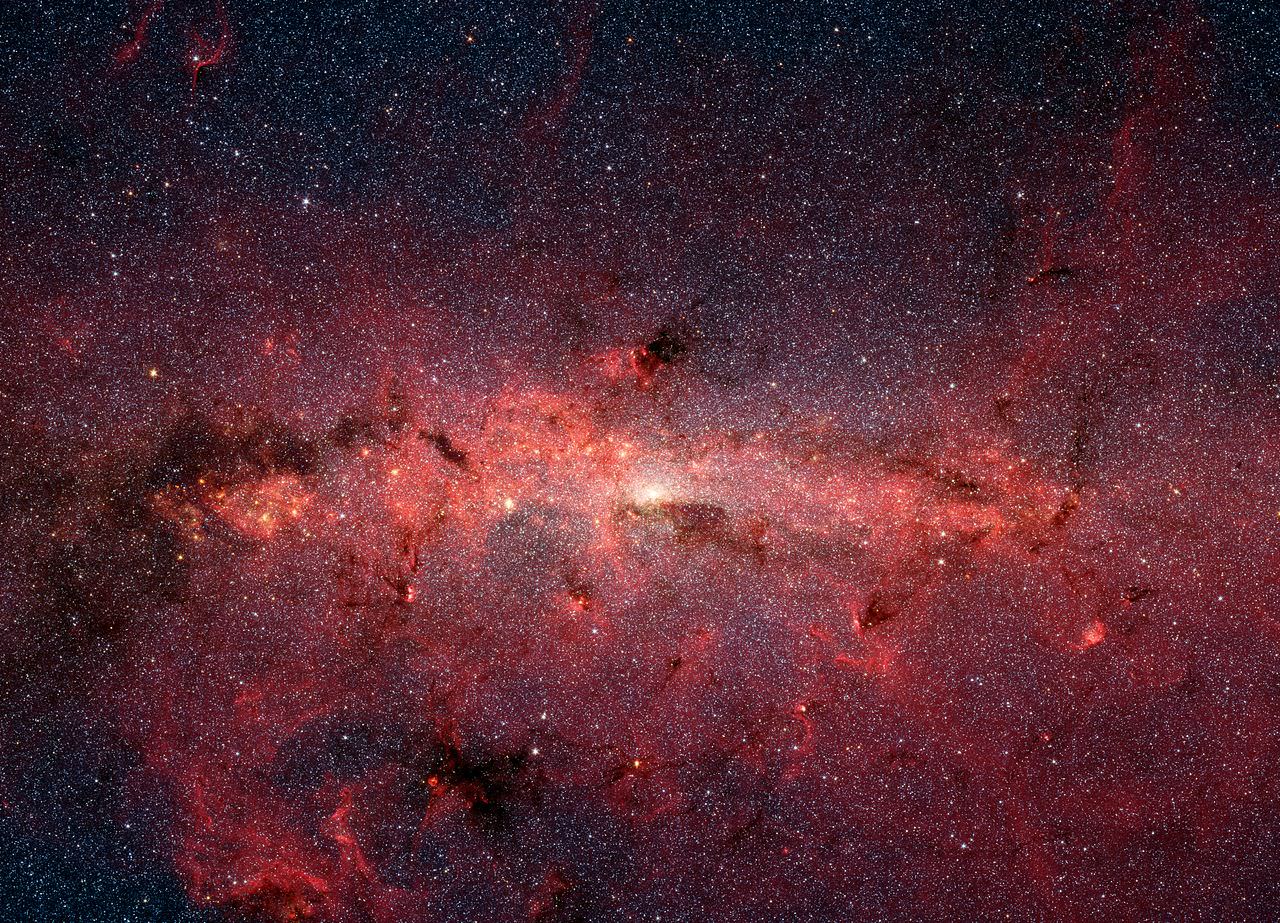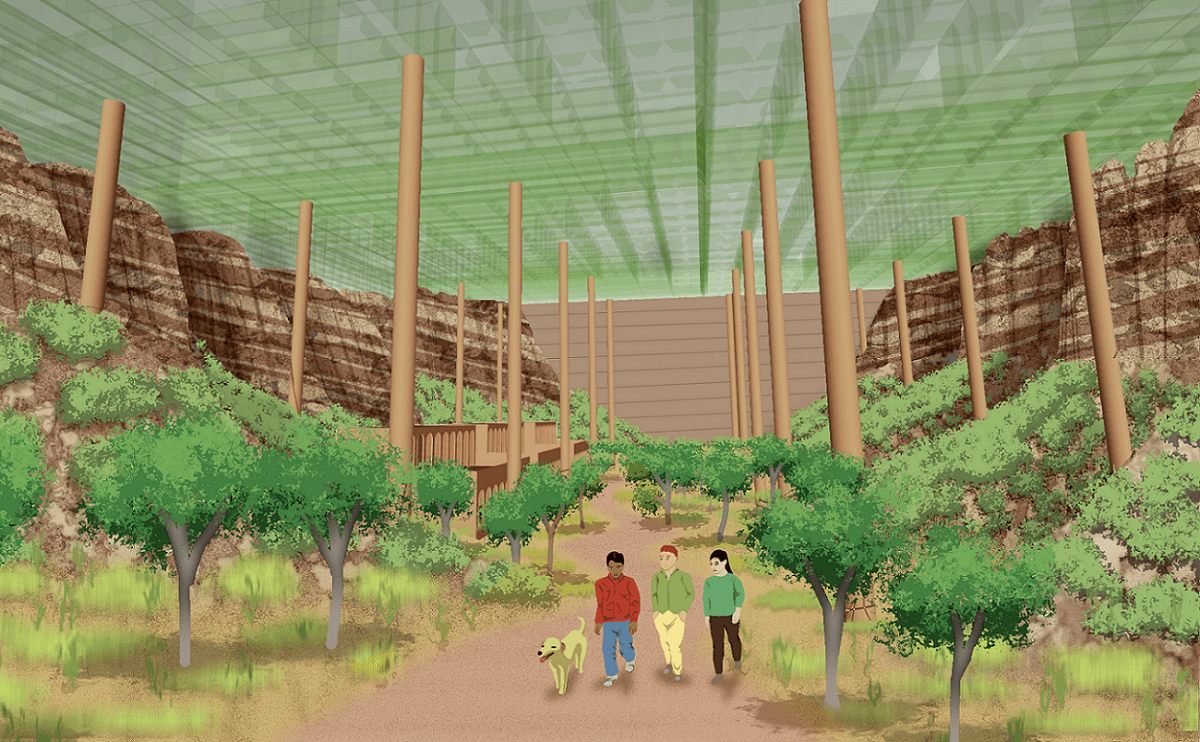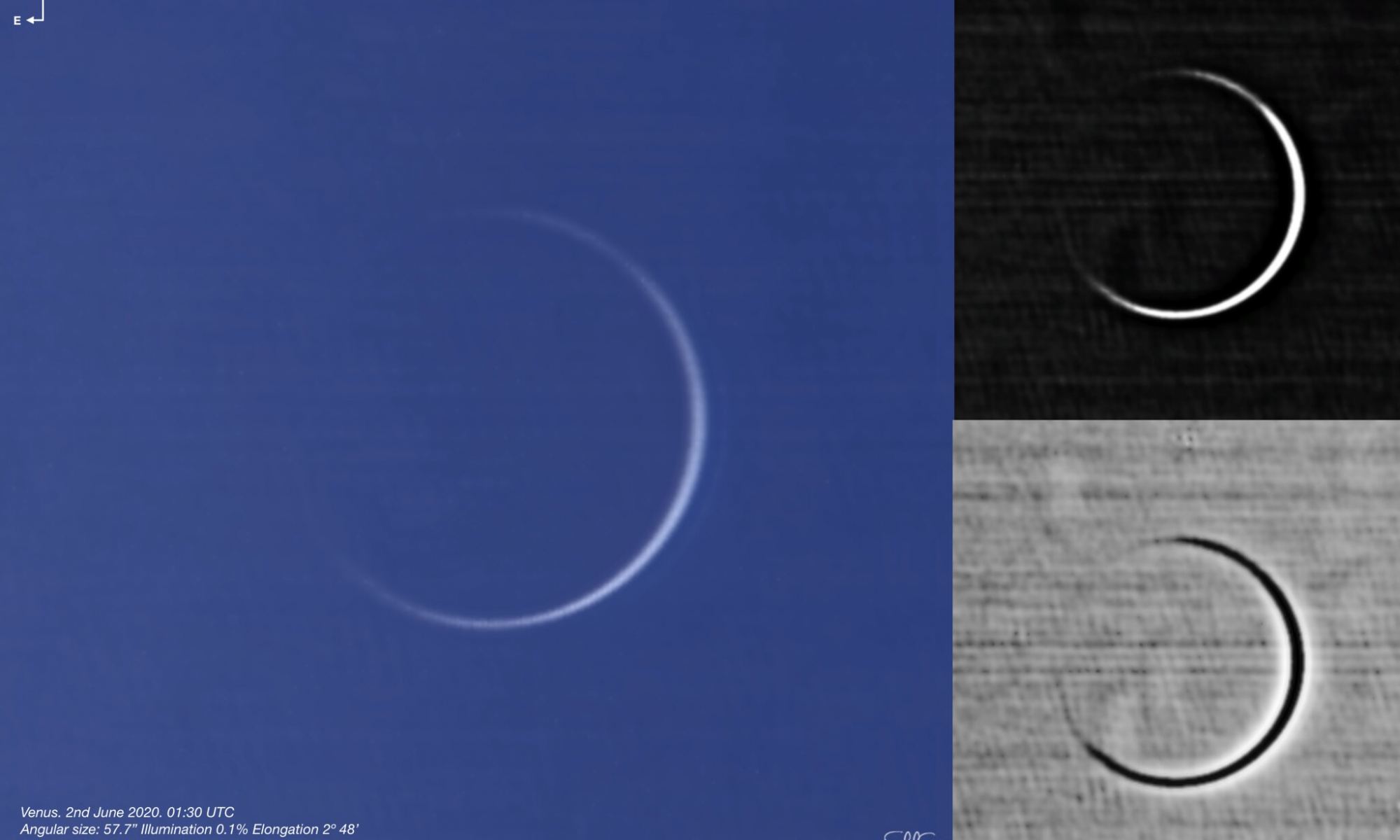According to the most widely accepted cosmological theories, the first stars in the Universe formed a few hundred million years after the Big Bang. Unfortunately, astronomers have been unable to “see” them since their emergence coincided during the cosmological period known as the “Dark Ages.” During this period, which ended about 13 billion years ago, clouds of gas filled the Universe that obscured visible and infrared light.
However, astronomers have learned that light from this era can be detected as faint radio signals. It’s for this reason that radio telescopes like the Murchison Widefield Array (MWA) were built. Using data obtained by this array last year, an international team of researchers is scouring the most precise radio data to date from the early Universe in an attempt to see exactly when the cosmic “Dark Ages” ended.
Continue reading “Searching for the End of the Universe’s “Dark Age””


